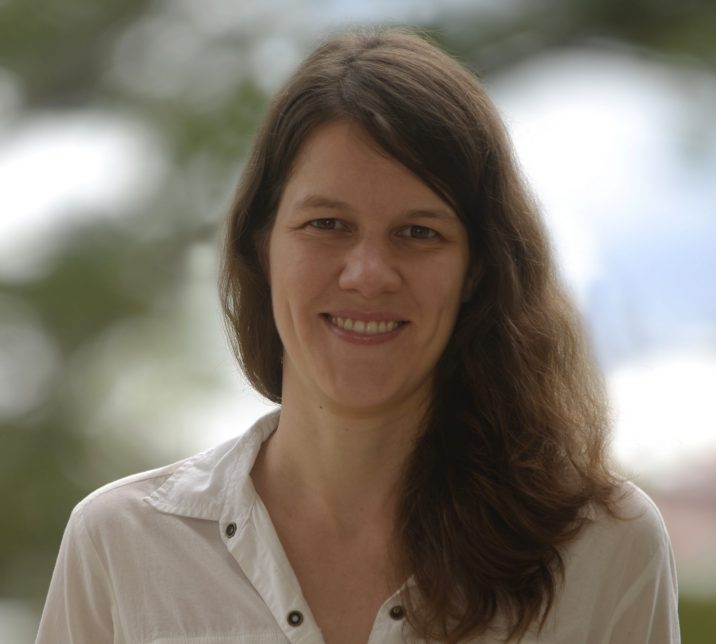In northwestern Costa Rica, a team of rural workers called parataxonomists has been inventorying butterfly and moth species for 30 years. Just as a paramedic provides a first round of medical care, a parataxonomist does the on-the-ground work of taxonomy-collection, preparation and data gathering-before sending a specimen on to be analyzed. The parataxonomy program, led by biologists Daniel Janzen and Winnie Hallwachs, is part of the unique conservation model of Costa Rica’s Area de Conservacion Guanacaste (ACG). Hiring local people, rather than students or academics, as permanent field researchers upset traditional research structures, but has paid off for science and for local communities. Some 10,000 new species have been identified through these efforts. The parataxonomists benefit from steady employment in areas of little economic opportunity, and in turn serve as a voice for conservation in their communities. But even as the parataxonomy model is praised abroad-and is being adopted in other countries-its future in Costa Rica is tenuous. This thesis looks at the lives of the parataxonomists of the ACG and the impact of their work. It explores the rise and fall of Costa Rica’s National Biodiversity Institute (INBio) and the state of parataxonomy as a model for research and conservation.
The Parataxonomist Revolution: How a Group of Rural Costa Ricans Discovered 10,000 New Species

Hiring local people, rather than students or academics, as permanent field researchers upset traditional research structures, but has paid off for science and for local communities.




